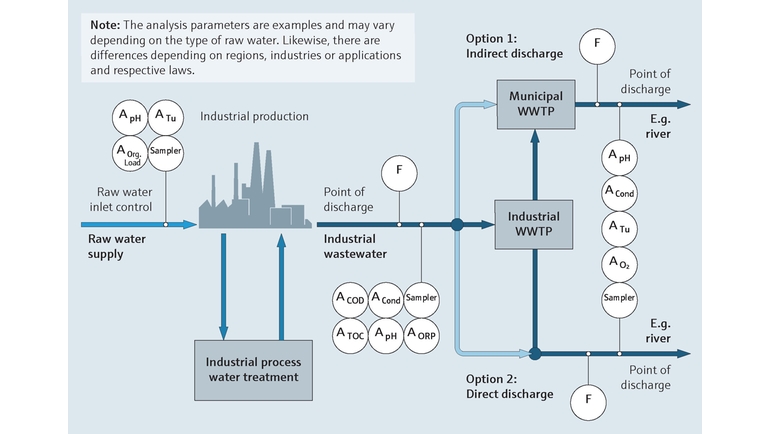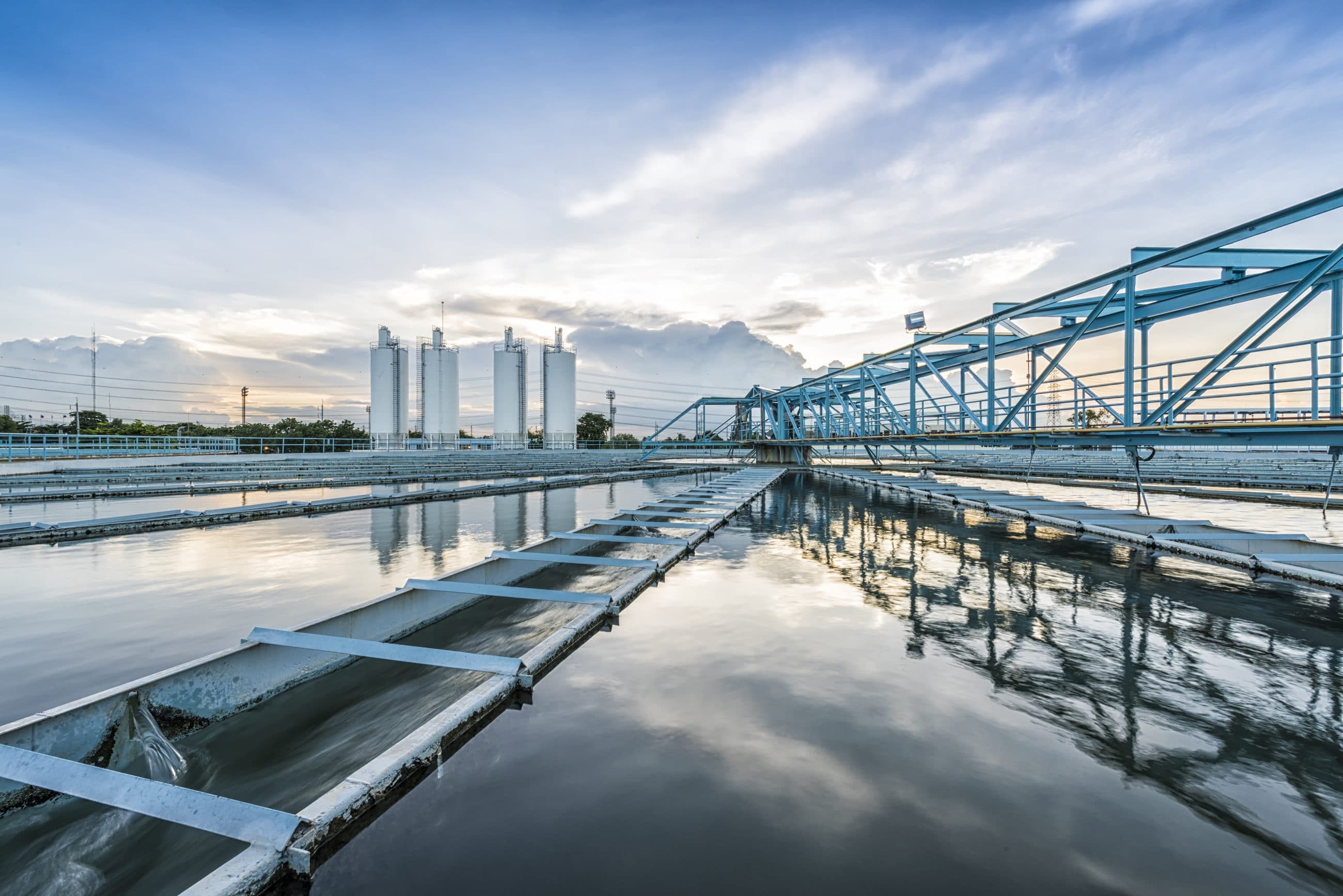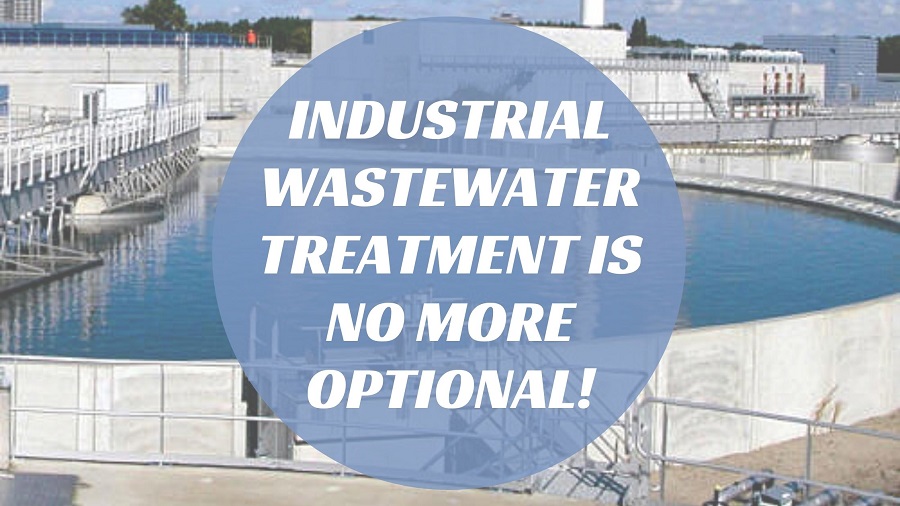Developments and Advancements in Industrial Waste Water Treatment Technologies
The landscape of industrial wastewater therapy is undertaking a transformative shift, driven by advancements that improve both efficiency and sustainability. Arising modern technologies, such as membrane bioreactors and microbial gas cells, are redefining contaminant elimination processes while contributing to power generation. Resource recuperation approaches are gaining traction, aligning with round economy concepts. As regulatory requirements advance, the assimilation of AI and device discovering into wastewater management systems assures to improve operations and make certain compliance. However, the complete effects of these innovations increase important inquiries regarding their scalability and lasting impact on market practices.
Overview of Waste Water Treatment Technologies
Wastewater therapy innovations encompass a variety of approaches designed to remove impurities from industrial effluents before their launch into the atmosphere. These modern technologies are vital for preserving ecological balance and ensuring conformity with ecological policies. The primary classifications of wastewater treatment include physical, chemical, and biological methods, each serving distinctive functions based upon the nature of the impurities present.

Organic treatment approaches use microbes to weaken natural issue, making them particularly efficient for organic-rich effluents. Strategies like triggered sludge and biofilm reactors harness the all-natural deterioration capacities of microorganisms, leading to significant reductions in biochemical oxygen need (FIGURE)
Advanced Filtering Strategies
Advanced filtering strategies represent a vital evolution in the realm of commercial wastewater treatment, boosting the effectiveness of contaminant elimination processes. Industrial Waste Water Treatment. These techniques encompass a variety of innovations, including microfiltration, ultrafiltration, nanofiltration, and turn around osmosis, which give consecutive barriers for various bit dimensions and chemical structures
Microfiltration and ultrafiltration make use of membrane systems to get rid of put on hold solids, germs, and bigger organic molecules, boosting the quality of effluent before more therapy. Nanofiltration connects the void between ultrafiltration and reverse osmosis, effectively getting rid of natural compounds and divalent ions, thus decreasing the lots on downstream procedures.
Reverse osmosis provides the highest possible degree of purification by allowing just water and little molecules to pass with its semi-permeable membranes, making it optimal for reclaiming high-quality water from commercial effluents. Recent developments in membrane layer modern technology, including the advancement of more resilient and fouling-resistant materials, have substantially enhanced operational effectiveness and lowered costs.
Including these innovative purification methods not just improves the total treatment process however additionally adds to sustainability initiatives by making it possible for water reuse and source recovery in industrial settings. (Industrial Waste Water Treatment)
Biological Treatment Developments

Additionally, the development of engineered biological systems, such as membrane layer bioreactors (MBRs), combines biological therapy with sophisticated membrane layer filtering. This integration enables greater effluent quality and decreased impact, making it suitable for space-constrained industrial centers. Technologies in genetically engineered bacteria have actually likewise arised, boosting the biodegradation of details pollutants, such as pharmaceuticals and heavy metals, that are traditionally testing to remove.
Additionally, the implementation of bioaugmentation strategies, where advantageous germs are presented to boost the existing biological treatment processes, has shown appealing cause improving therapy efficiency. These innovations collectively indicate a trend in the direction of more reliable and lasting biological therapy techniques that can adjust to the advancing complexities of industrial wastewater streams. As industries proceed to prioritize discover this environmental conformity, these organic developments will certainly play a vital duty in wastewater management.

Source Recovery Techniques
In industrial setups, the combination of resource recuperation techniques has actually come to be progressively crucial for improving sustainability and lessening waste. These methods focus on drawing out beneficial materials and energy from wastewater streams, thereby changing possible contaminants right into multiple-use sources.
One prominent method is nutrition recovery, where nitrogen and phosphorus, often existing over in wastewater, are recorded and exchanged plant foods. This not only decreases environmental effects however likewise gives a circular economic situation remedy for farming applications. Furthermore, modern technologies such as anaerobic digestion enable the conversion of natural waste into biogas, a sustainable energy source that can offset nonrenewable fuel source usage in industrial operations.
Moreover, progressed filtration and membrane innovations facilitate the recovery of commercial spin-offs such as metals and salts. These recuperated materials can be rehabilitated into production procedures, minimizing the demand for virgin sources.
Future Trends in Waste Water Administration
As markets increasingly prioritize sustainability, the future of wastewater management is readied to undertake substantial changes. Technological improvements, such as fabricated knowledge and artificial intelligence, will certainly make it possible for extra efficient monitoring and monitoring of wastewater systems. These modern technologies can anticipate upkeep requirements, maximize therapy procedures, and improve decision-making, inevitably decreasing operational expenses and ecological impact.
In addition, the combination of round economic situation concepts will play a crucial role in wastewater monitoring. Industries are anticipated to change in the direction from this source of systems that not just deal with wastewater yet additionally recover important resources, such as nutrients, water, and energy. This transition will certainly lessen waste and promote the reuse of materials, lining up with worldwide sustainability goals.
Arising treatment techniques, such as membrane layer bioreactors and advanced oxidation procedures, will even more improve the efficiency of wastewater therapy, enabling greater quality effluents appropriate for reuse. Furthermore, regulatory frameworks are likely to develop, emphasizing more stringent standards for wastewater discharge and motivating industries to take on ingenious therapy options.
Conclusion
Finally, the development of commercial wastewater treatment technologies shows a considerable change towards enhanced efficiency and sustainability. Innovations in advanced purification strategies, biological treatments, and source recuperation approaches highlight the sector's dedication to ecological stewardship. The integration of artificial knowledge and artificial intelligence additionally maximizes these processes, making sure regulatory conformity and advertising a round economic situation. Continued developments in these areas will play an essential role in forming the future of wastewater monitoring and shielding important water resources.
The landscape of commercial wastewater treatment is undergoing a transformative shift, driven by technologies that enhance both effectiveness and sustainability.Wastewater treatment technologies include a range of techniques developed to get rid of pollutants from industrial effluents prior to their launch into the atmosphere.Harnessing the power of organic procedures has actually led to significant innovations in the therapy of industrial wastewater.Additionally, the application of bioaugmentation strategies, where useful germs are presented to enhance the existing organic treatment processes, has shown encouraging outcomes in boosting therapy efficiency. These technologies collectively signify a fad towards even more sustainable and effective organic treatment methods that can adjust to the evolving intricacies click resources of commercial wastewater streams.
Comments on “Industrial Waste Water Treatment-- Advanced Solutions for Cleanser Effluents”